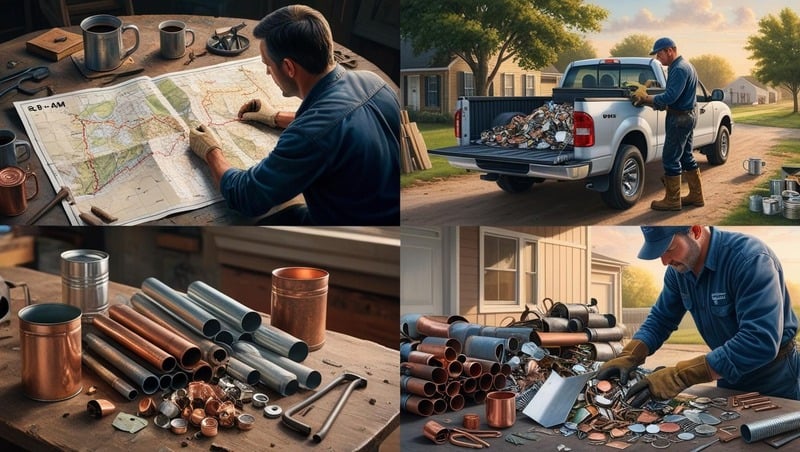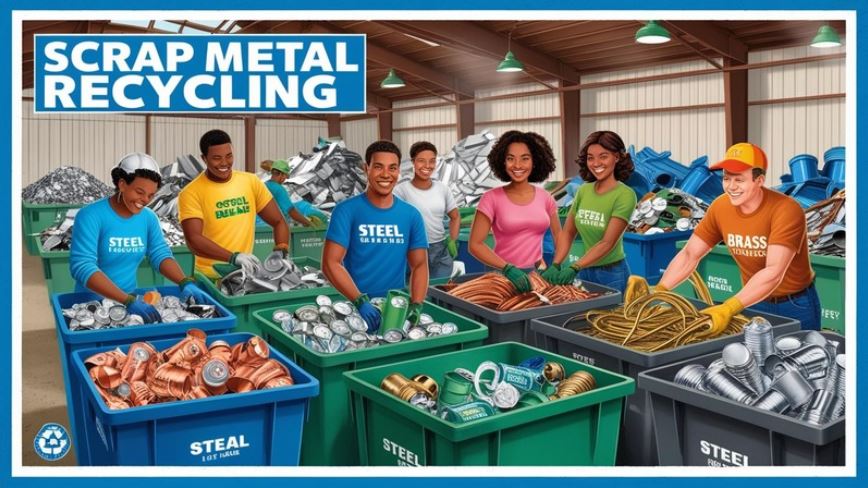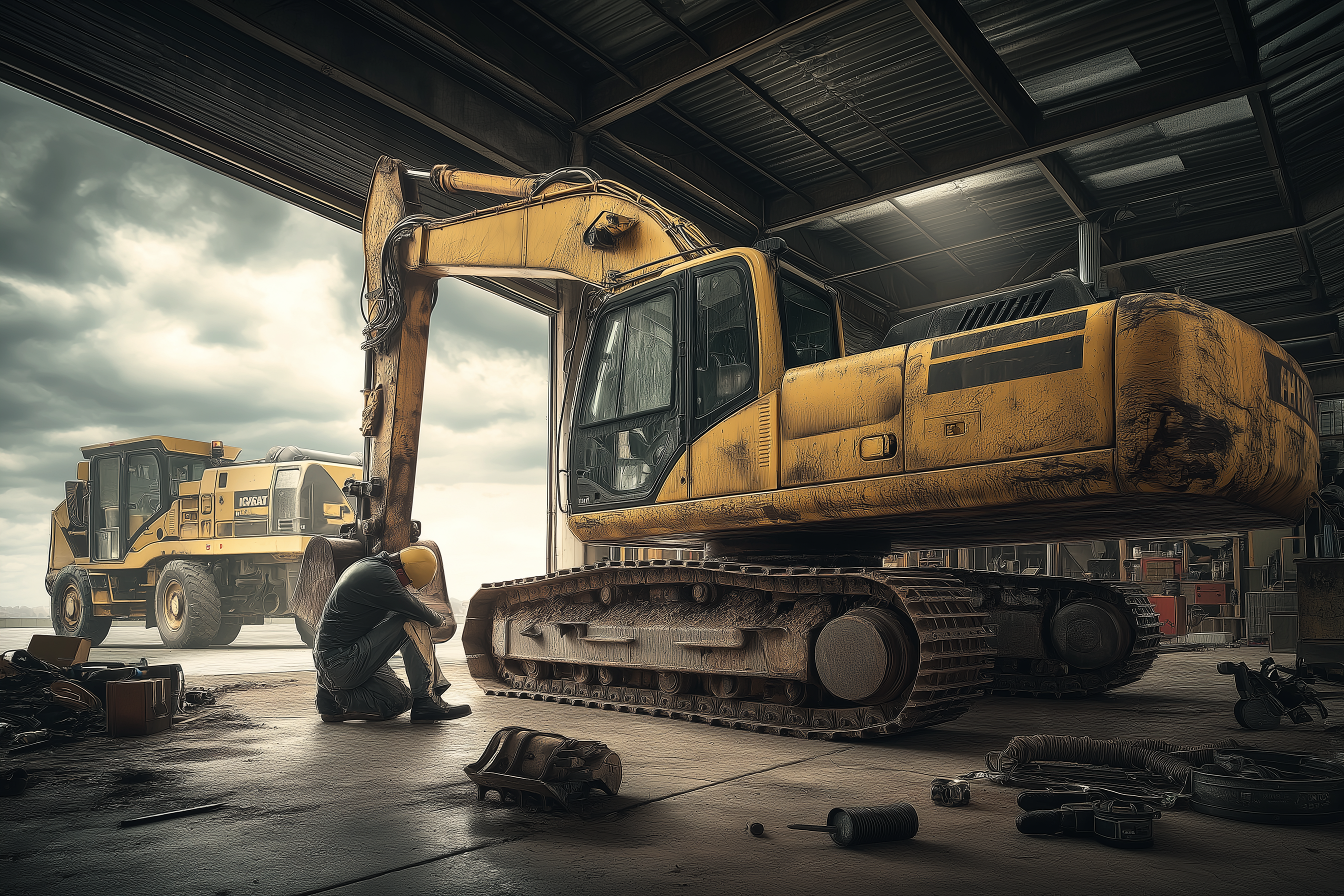
Have you ever wondered what it’s like to be a scrap metal collector? While many think of it as just a job involving heavy lifting and old junk, there’s much more to it than meets the eye. A typical day is filled with challenges, opportunities, and a sense of purpose – from spotting valuable metals to helping reduce waste and protect the environment. Let’s take a closer look at what a day in the life of a scrap metal collector really entails.
6:30 AM – Early Start and Route Planning
A scrap metal collector’s day often starts early. Before heading out, there’s a bit of planning involved. With a list of scheduled pickups and requests from clients, the day’s route is mapped out to ensure efficient use of time and fuel. Scrap collectors often cover a large area, so having an organized route means they can fit more collections into the day.
7:30 AM – First Pickup of the Day
The first stop could be at a home, business, or construction site. Many collectors work with homeowners who’ve accumulated items like old appliances, pipes, and furniture. Businesses, on the other hand, may have bulkier metal scrap, like machinery and equipment. Each location brings its own set of challenges, from maneuvering heavy items to ensuring safe and organized loading.
9:00 AM – Sorting and Weighing the Metals
At each pickup, sorting is essential. Different metals have different values, so a skilled collector must identify and separate metals like aluminum, copper, brass, and steel. With certified scales on hand, the collector weighs the metals on-site, ensuring transparency for the client and verifying the amount for an accurate payout.
10:30 AM – On-the-Spot Payments
One of the most rewarding parts for clients is receiving payment on the spot. Many scrap collectors offer instant payment for non-ferrous metals (like copper and aluminum), which are more valuable than ferrous metals (like iron and steel). It’s a win-win, with clients clearing out unwanted items and getting rewarded for it.
12:00 PM – Quick Lunch Break
After a morning of hard work, a lunch break is a welcome pause. With much of the day spent on the road or moving heavy items, fueling up is essential to keep going. During the break, the collector might catch up on calls or schedule additional pickups for the day, as scrap collection is a fast-paced, dynamic job.
1:00 PM – Industrial Pickups and Specialized Collections
The afternoon often includes larger pickups at commercial or industrial sites. These collections may involve scrap from manufacturing or construction projects and sometimes require more advanced equipment, like cranes or lifting gear, for safe handling. Industrial scrap collection can be complex, but it also provides an opportunity to gather more valuable metals in larger quantities.
3:30 PM – A Visit to the Recycling Center
With the truck loaded up, it’s time to visit the recycling center. Here, the metals collected are sorted again, ensuring they’re ready for proper recycling. Recycling centers play a big part in processing scrap into reusable materials, reducing the need for new raw materials, and conserving energy.
4:30 PM – Planning for Tomorrow
After a day filled with collections, the work isn’t quite done yet. The collector organizes any remaining tasks, finalizes pickup schedules for the next day, and may follow up with clients for future collections. Keeping clients happy and building connections is an essential part of the business, and providing friendly, reliable service helps build a loyal customer base.
5:00 PM – Reflecting on the Impact
A scrap metal collector’s job goes beyond simply gathering metal. Each day, collectors contribute to waste reduction, environmental conservation, and local resource efficiency. By recycling metals that would otherwise go to landfills, they help conserve resources, reduce emissions, and promote sustainability. There’s a sense of satisfaction in knowing that every collection makes a small but meaningful impact on the environment.
More Than Just Scrap
Being a scrap metal collector isn’t just about handling junk; it’s a dynamic, rewarding career that requires skill, organization, and a commitment to sustainability. From the thrill of spotting valuable metals to the satisfaction of leaving spaces clutter-free, each day brings new challenges and rewards. And for those who love being active, working outdoors, and making a positive impact, it’s a job that’s far more fulfilling than you might expect.

